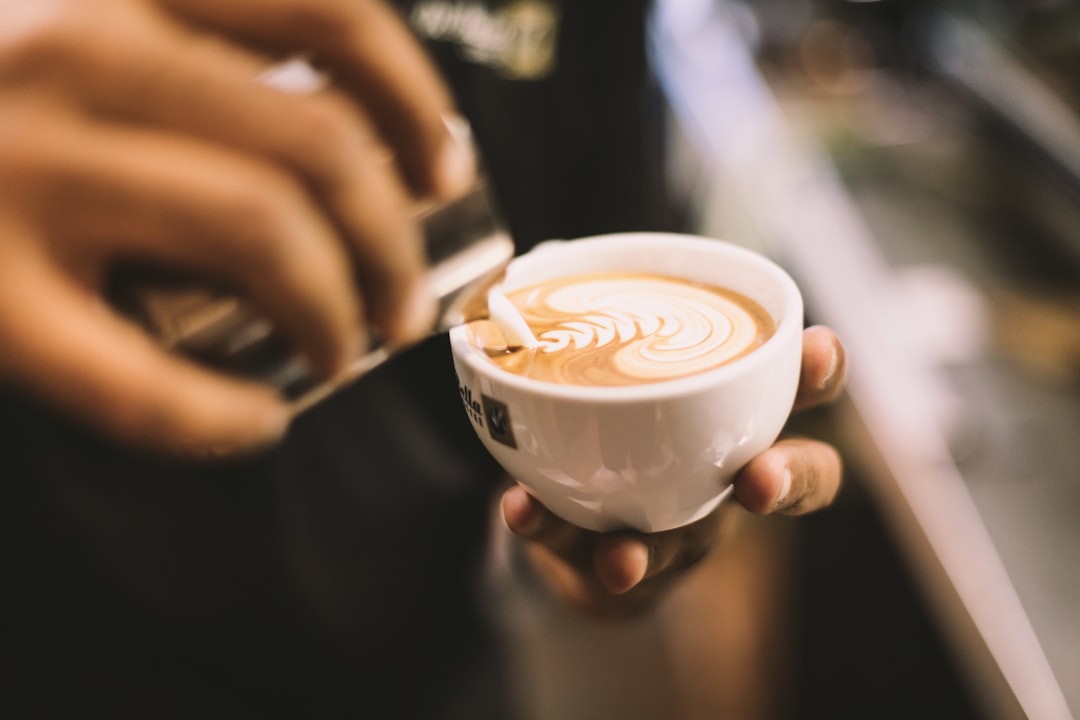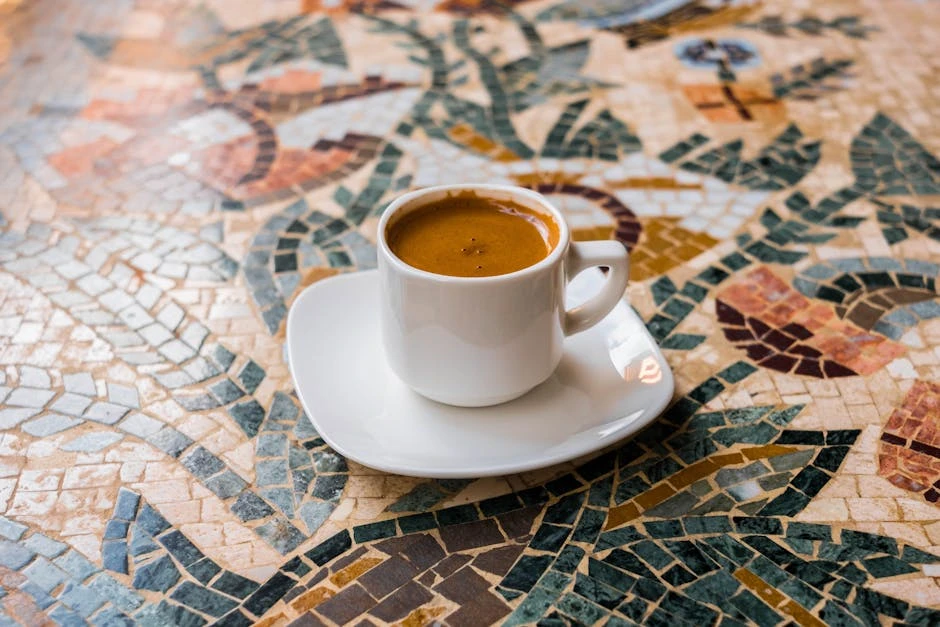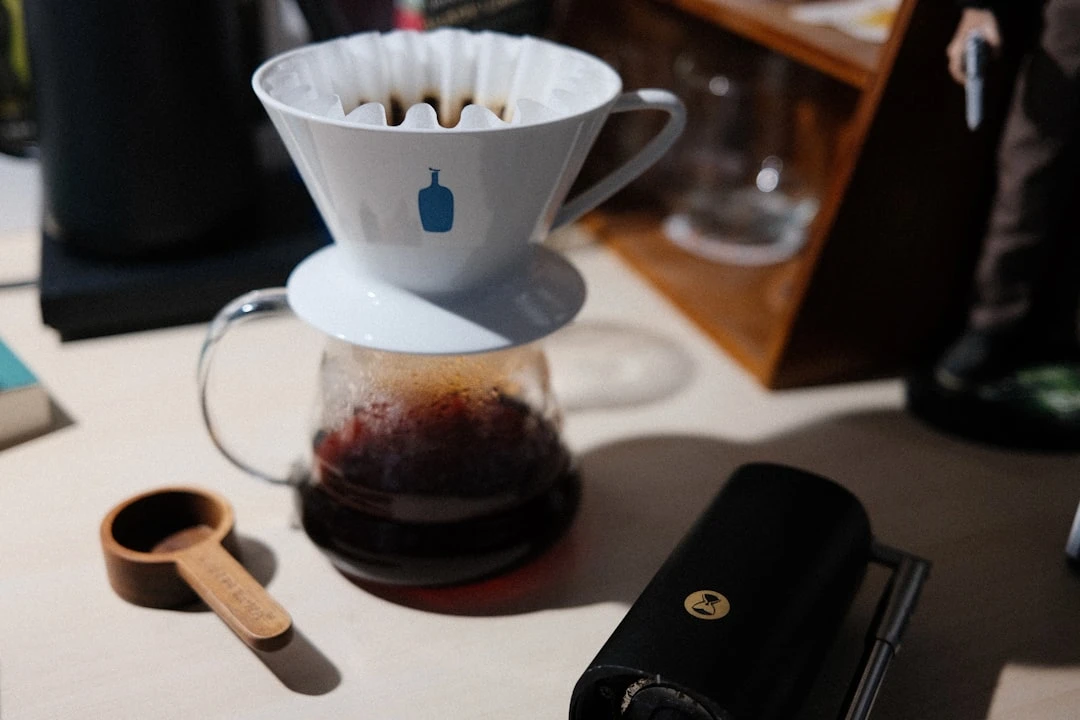Espresso Lungo: The Perfect Balance Between Espresso and Coffee

Here's something that blew my mind when I first learned it: in Italy, ordering a "lungo" after 11 AM will get you some seriously judgmental looks from locals. But honestly? I no longer care, because lungo has become my absolute favorite way to enjoy espresso at home.
I stumbled onto lungo completely by accident about three years ago. My espresso machine was acting up, and what should've been a quick 25-second shot turned into a 45-second extraction disaster. Instead of tossing it and starting over (I was running late for work), I took a sip. Holy crap, it was amazing! That happy accident introduced me to the perfect middle ground between a traditional espresso shot and a full cup of coffee.
If you've ever found regular espresso too intense but americanos too watery, lungo might just be your coffee soulmate. It's essentially a "long" espresso shot that uses the same amount of coffee grounds but twice the water, extracted over a longer period. The result? A drink that maintains espresso's richness while offering more volume and a slightly different flavor profile.
I'm gonna walk you through everything I wish someone had told me when I started my lungo journey. We'll cover the science (don't worry, I'll keep it simple), the technique, and all the mistakes I made so you don't have to!
What is Espresso Lungo?
Lungo literally means "long" in Italian, which perfectly describes what you're doing – making a long espresso shot. While a traditional espresso uses about 18-20 grams of coffee to produce roughly 30-40ml of liquid in 25-30 seconds, a lungo uses the same amount of coffee but extracts about 60-80ml over 45-60 seconds.
Here's where it gets interesting, and where I totally screwed up for months when I first started. I thought lungo was just "more water through the same coffee," but that's oversimplifying it. The extended extraction time pulls different compounds from the coffee grounds, creating a completely different taste experience.
The key difference isn't just volume – it's extraction. During those extra 15-30 seconds, you're pulling out compounds that normally stay in the grounds during a regular espresso shot. Some of these are delicious, others... well, let's just say there's a reason why over-extraction gets a bad rap.
Most people assume lungo is just weak espresso, but that's totally wrong. It's actually more caffeinated than regular espresso because of the longer extraction time. I learned this the hard way after downing three lungos during a late-night study session and staying awake until 4 AM. My mistake, but damn, I got a lot done that night!
The beauty of lungo lies in its balance. You get the concentrated flavor essence of espresso but with enough volume to actually savor it. No more downing your coffee in three quick sips – lungo gives you time to appreciate what you're drinking.
The Science Behind Lungo Extraction
Okay, I promise I won't get too nerdy here, but understanding the science made me a way better lungo maker. When you extract coffee, you're basically pulling out different flavor compounds at different rates. The first part of extraction gets the good stuff – acids, sugars, and aromatic compounds. The later stages? That's where things get tricky.
During those extra seconds of lungo extraction, you're venturing into what coffee geeks call "over-extraction territory." But here's the thing I wish I'd known earlier – controlled over-extraction can actually be delicious when done right. It's like the difference between burning food and getting a perfect caramelization.
Water temperature plays a huge role that I completely ignored for way too long. I was using boiling water like an idiot, wondering why my lungos tasted bitter and harsh. The sweet spot is around 200-205°F (93-96°C). Any hotter and you'll extract too many bitter compounds; any cooler and you won't get proper extraction.
Grind size is where I made my biggest rookie mistake. I kept using the same grind I used for regular espresso, but lungo needs a slightly coarser grind. Think of it this way – you're exposing the coffee to water for longer, so you need bigger particles to prevent over-extraction. It took me probably 50 failed attempts to figure this out.
The timing aspect is crucial, and it's not just about counting seconds. You want to watch the color of the liquid coming out of your portafilter. It should start dark and rich, then gradually lighten to a golden honey color. When it starts looking pale and watery, that's your cue to stop – even if you haven't hit your target time.
How to Make Perfect Espresso Lungo at Home
Alright, let's get into the practical stuff. First, you don't need a $3,000 espresso machine to make great lungo. I started with a $200 machine from a big box store, and while it wasn't perfect, it taught me the fundamentals. The key is understanding your equipment's quirks and working with them, not against them.
Start with about 18-20 grams of coffee, just like you would for regular espresso. But here's where I had to adjust my technique – grind it slightly coarser than you would for a standard shot. I'm talking maybe one or two clicks coarser on your grinder. This was a game-changer for me after months of bitter, over-extracted disasters.
Dose and tamp like you normally would for espresso. Don't overthink the tamping – consistent pressure matters more than brute force. I used to practically destroy my countertop trying to tamp harder, thinking it would make better espresso. Spoiler alert: it didn't.
Here's where lungo gets different. Start your extraction like a normal espresso shot, but instead of stopping at 25-30 seconds, keep going until you hit 45-60 seconds or until you've extracted about 60-80ml of liquid. Watch the stream – it should maintain a nice, steady flow throughout.
The color change is your best friend here. I learned to stop extraction when the liquid coming out turns from that beautiful golden honey color to pale yellow. Trust your eyes more than your timer, especially when you're learning your machine's personality.
Temperature matters more than I initially thought. If your machine doesn't have temperature control, let it heat up fully, then run a blank shot to cool it down slightly before brewing your lungo. This little trick saved me from countless bitter cups.
Lungo vs Regular Espresso vs Americano
This comparison confused the hell out of me when I started, so let me break it down in terms that actually make sense. Regular espresso is like a flavor bomb – intense, concentrated, and over quickly. It's about 30ml of pure coffee intensity that hits you like a freight train.
Lungo is the middle child that nobody talks about enough. It's got the complexity and richness of espresso but stretched out over 60-80ml. You get more time to taste the different flavor notes, and honestly, it's way more forgiving if you're still perfecting your technique. My espresso skills were garbage for months, but my lungos were drinkable from day one.
Americano is basically espresso with hot water added after extraction. It's like diluting wine with water – you get volume, but you lose some of the magic. Don't get me wrong, americanos have their place, but they lack the complexity you get from extended extraction.
Caffeine-wise, lungo is actually the strongest of the three, which surprised me. More extraction time means more caffeine, so if you're looking for a morning kick, lungo's got you covered. I switched from drinking two espressos to one lungo and felt the same level of alertness.
Cost-wise at coffee shops, lungo often costs the same as regular espresso, making it a better value. You're getting more volume for the same price, plus the barista uses the same amount of coffee beans. It's basically a coffee life hack that most people don't know about.
The taste difference is where things get really interesting. Espresso is all about intensity and immediate impact. Lungo gives you time to appreciate the coffee's complexity – you can actually taste the different flavor notes instead of just getting hit with concentrated coffee flavor.
Best Coffee Beans for Lungo
I've probably wasted more money on bad coffee beans than I care to admit, but hey, that's how you learn, right? Medium roasts work best for lungo because they give you that sweet spot between flavor complexity and extraction forgiveness. Dark roasts can get too bitter with the extended extraction time, and light roasts can taste sour if you're not careful.
Single origins can be amazing for lungo, but they're also unforgiving if your technique isn't dialed in. I love Ethiopian beans for their fruity complexity, but I ruined probably a full bag learning how to extract them properly for lungo. Guatemalan and Colombian beans are more forgiving and still delicious.
For blends, look for something labeled as "espresso blend" but don't be afraid to experiment. Some of my best lungos have come from beans that were supposedly designed for drip coffee. The Kirkland Signature espresso blend from Costco is honestly pretty great for the price, and it taught me that you don't need to spend $20 per bag to make good lungo.
Here's something I learned the hard way – freshness matters more for lungo than regular espresso. Those extended extraction times will highlight any staleness in your beans. I try to use beans within 2-4 weeks of their roast date, and I can definitely taste the difference when they get older.
Storage is crucial too. I used to just leave my beans in the bag they came in, wondering why my coffee tasted off after a week. Get an airtight container and keep your beans away from light and heat. Your future self will thank you when that Sunday morning lungo tastes as good as the first cup from a fresh bag.
Troubleshooting Your Lungo
Let me save you some frustration by sharing the most common problems I've encountered and how to fix them. If your lungo tastes too bitter, you're probably over-extracting. Try a coarser grind, lower water temperature, or shorter extraction time. I spent weeks fighting bitter lungos before realizing my grind was way too fine.
Sour lungo usually means under-extraction, which is weird because you're extracting for longer, but it happens. Try a finer grind, hotter water, or make sure your machine is fully heated. Sometimes the issue is old or light-roasted beans that need more coaxing to extract properly.
Weak, watery lungo is usually a grinding problem. Either your grind is too coarse, or you're not using enough coffee. I made this mistake constantly when I first started – trying to stretch my expensive beans by using less coffee. It never works, just make less coffee instead.
If your extraction is way too fast or too slow, check your tamp and dose consistency. I used to have wild variations in extraction time because I wasn't paying attention to how much coffee I was using or how I was tamping. Consistency is everything in espresso and lungo.
Water quality matters way more than I thought it would. If your tap water tastes bad, your lungo will too. I invested in a simple water filter, and the improvement was immediate and obvious. You don't need fancy bottled water, just decent filtered water.
Machine-related issues usually come down to cleanliness and maintenance. Scale buildup will mess with your extraction times and temperatures. I learned to descale regularly after my machine started producing sour, weird-tasting shots that no amount of technique adjustment could fix.
Conclusion
Lungo has honestly changed how I think about coffee at home. It's given me the complexity and richness I love about espresso with the volume and sipping experience I want in the morning. Plus, it's way more forgiving than regular espresso, so you can actually enjoy the learning process instead of throwing away shot after shot.
The beauty of lungo is that it's customizable to your taste preferences. Like it stronger? Extract a bit longer. Prefer it milder? Stop the extraction earlier or use a coarser grind. There's no coffee police coming to arrest you for making it your way.
Remember that good coffee is about personal enjoyment, not impressing others or following rigid rules. If you like your lungo a certain way, that's the right way for you. I've had coffee snobs tell me lungo isn't "real" espresso, but they can enjoy their tiny, intense shots while I savor my perfectly balanced lungo.
Most importantly, don't get discouraged if your first attempts aren't perfect. I made absolute garbage for weeks before everything clicked. Every failed shot taught me something, and now I can make lungos that I genuinely prefer to most coffee shop offerings.
What's your experience with lungo been like? Have you tried making it at home, or is this your first time hearing about it? Drop a comment and let me know – I love hearing about other people's coffee adventures, especially the disasters that led to breakthroughs!
Related Articles
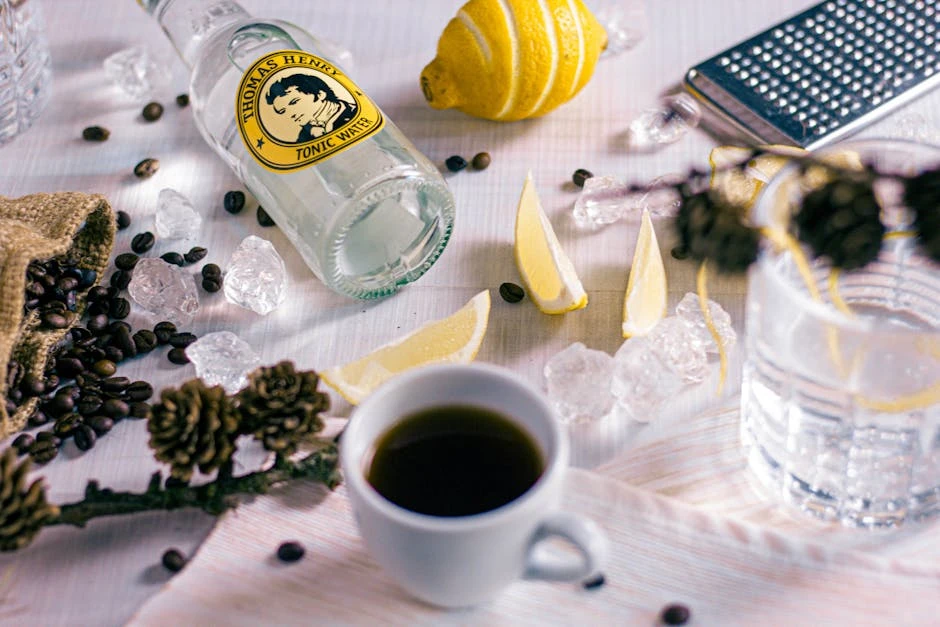
Easy Espresso Tonic Recipe: Make This Trendy Iced Coffee Drink in 5 Minutes
Read More →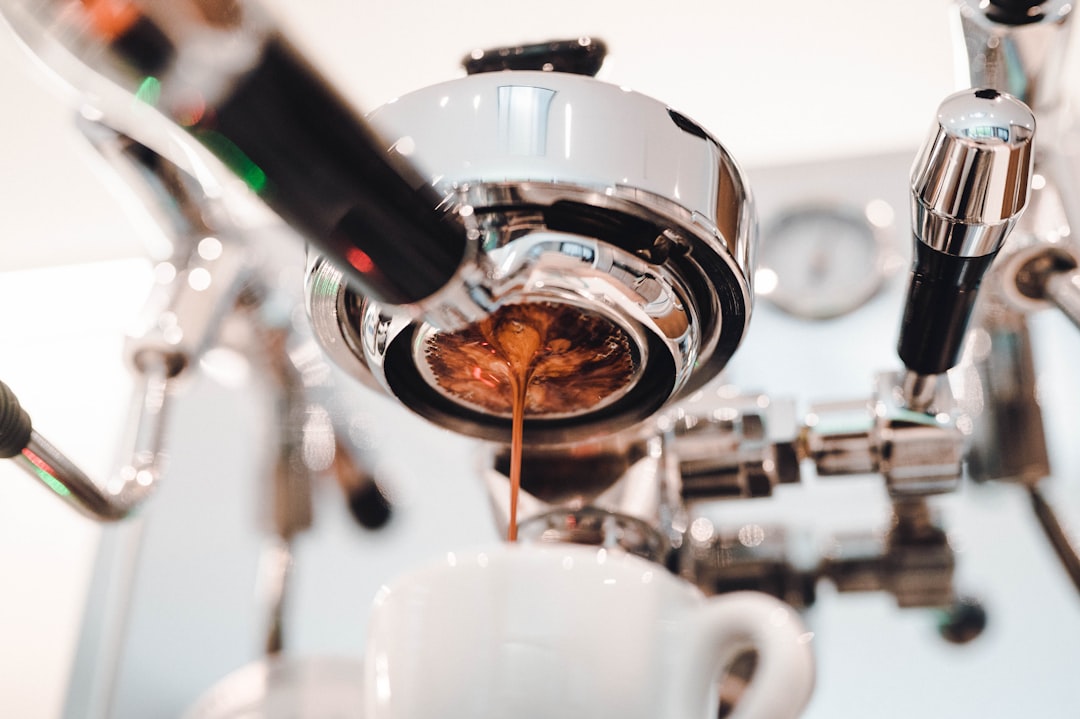
The Ultimate Guide to Espresso Romano: Italy's Most Intriguing Coffee Secret
Read More →